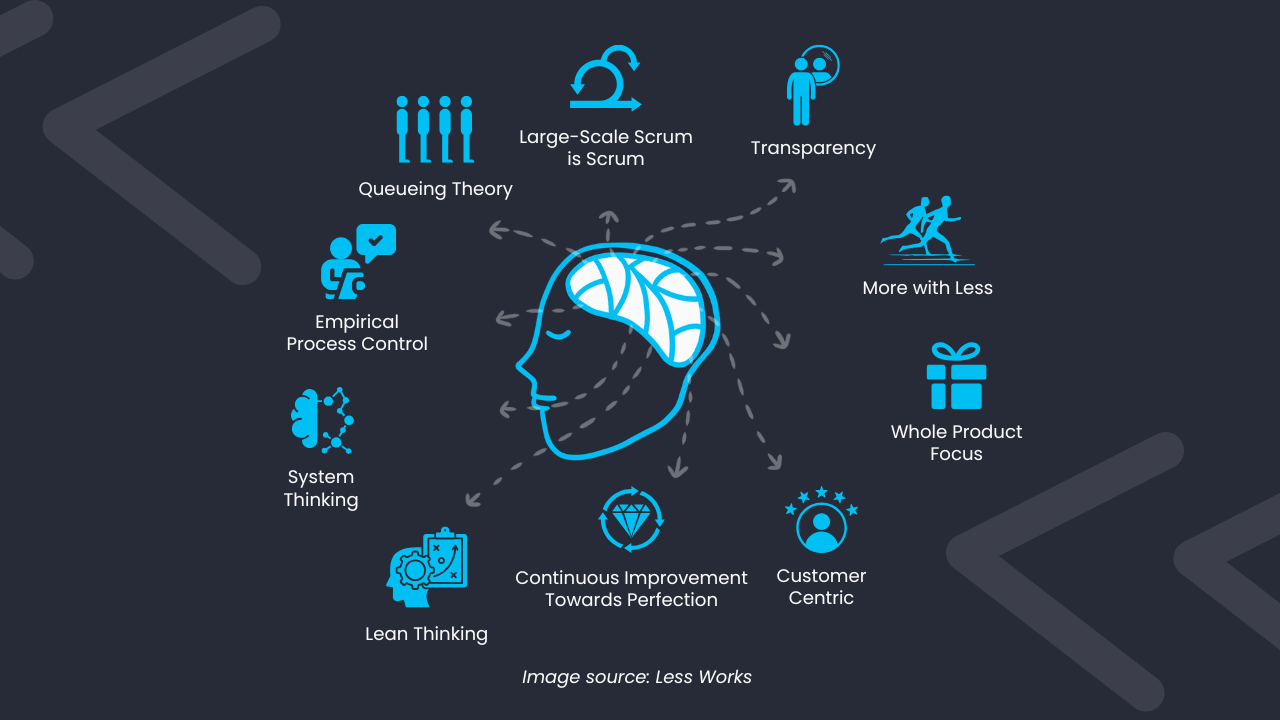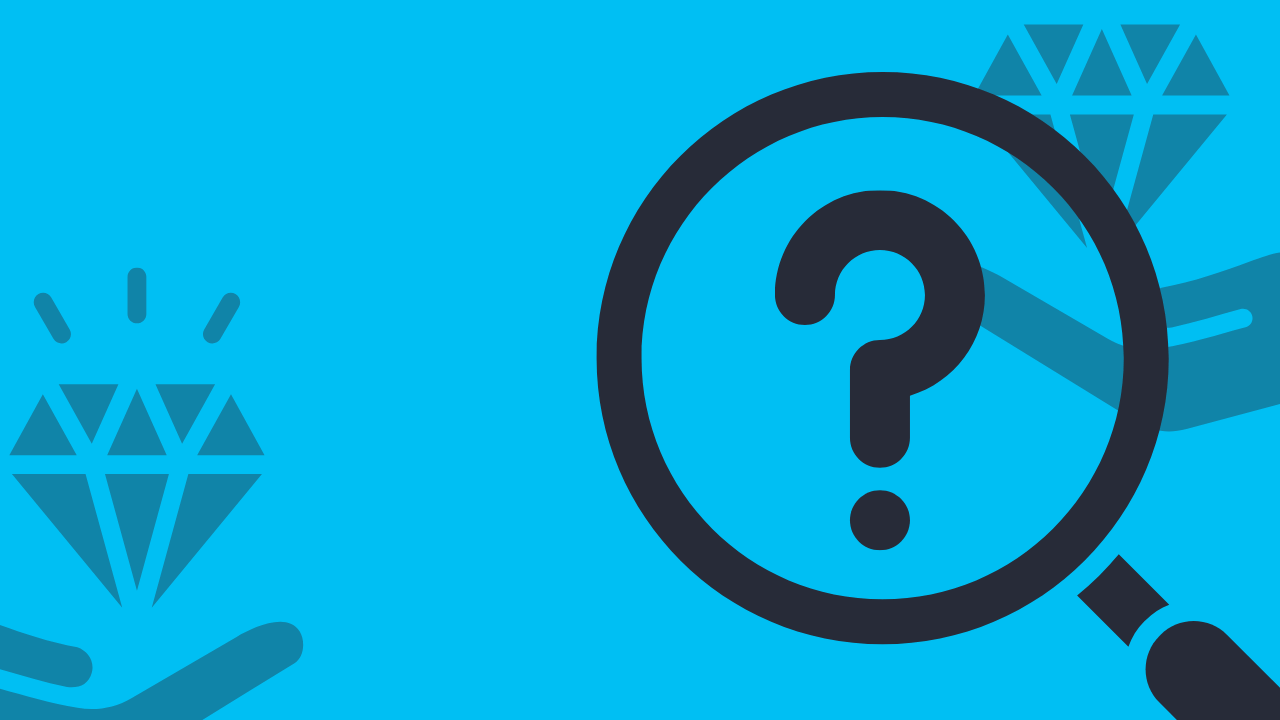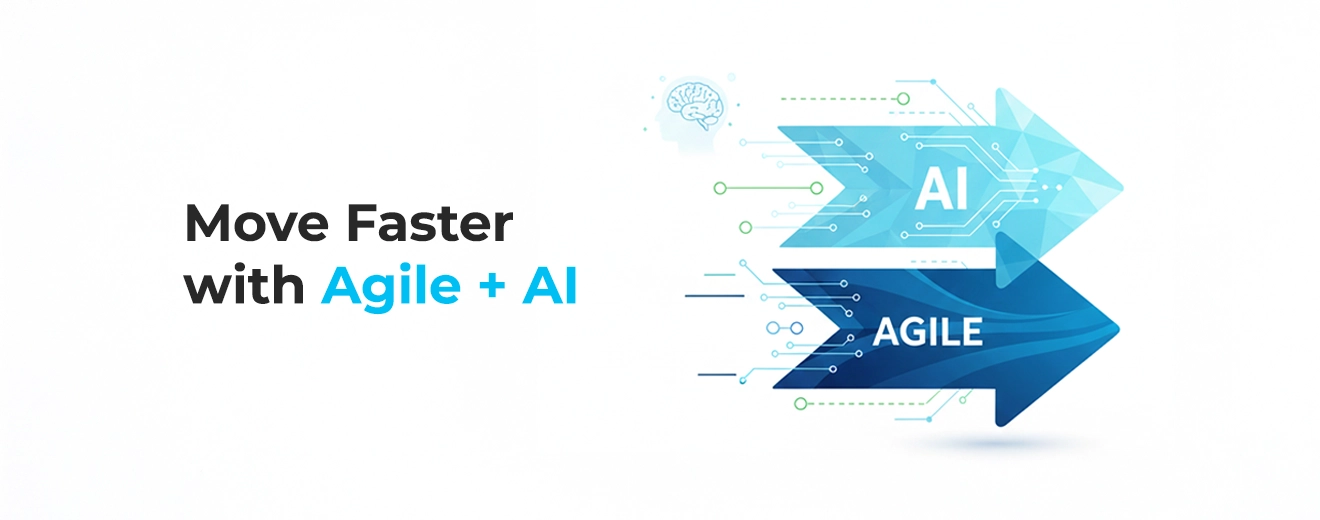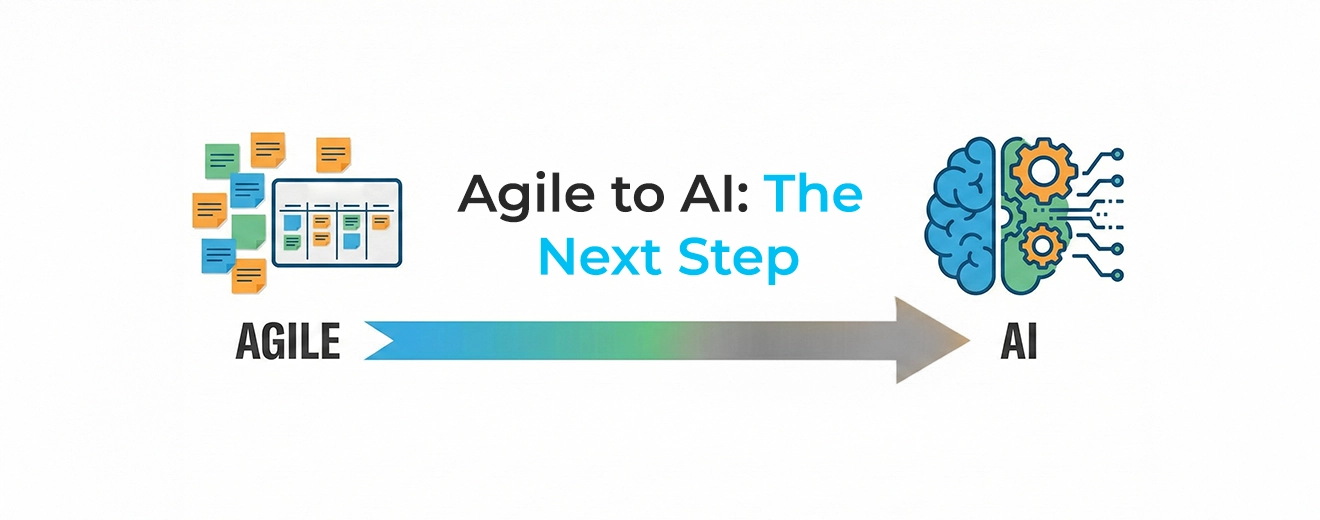As organisations grow, the complexity of managing multiple teams often leads to inefficiencies and a loss of agility. The challenge then becomes: can we scale what works so naturally in small-scale development across larger organisations?
This question has driven Craig Larman and Bas Vodde—the creators of Large-Scale Scrum (LeSS)—for over a decade, as they sought to apply Scrum principles to larger organisations in a more streamlined and effective way.
LeSS is an agile framework designed for scaling Scrum across multiple teams working on a single product. Unlike other scaling frameworks that introduce complex layers, LeSS focuses on simplicity, transparency, and delivering customer value. While Scrum typically works for small teams (3-9 people), LeSS extends the core principles of Scrum to large, complex environments, sometimes involving hundreds or even thousands of people.
The key difference is that LeSS maintains Scrum’s simplicity—focusing on minimising complexity—by preserving its structure and roles, while enabling multiple teams to collaborate effectively on large-scale projects.
What is the Large Scale Scrum (LeSS) Framework?
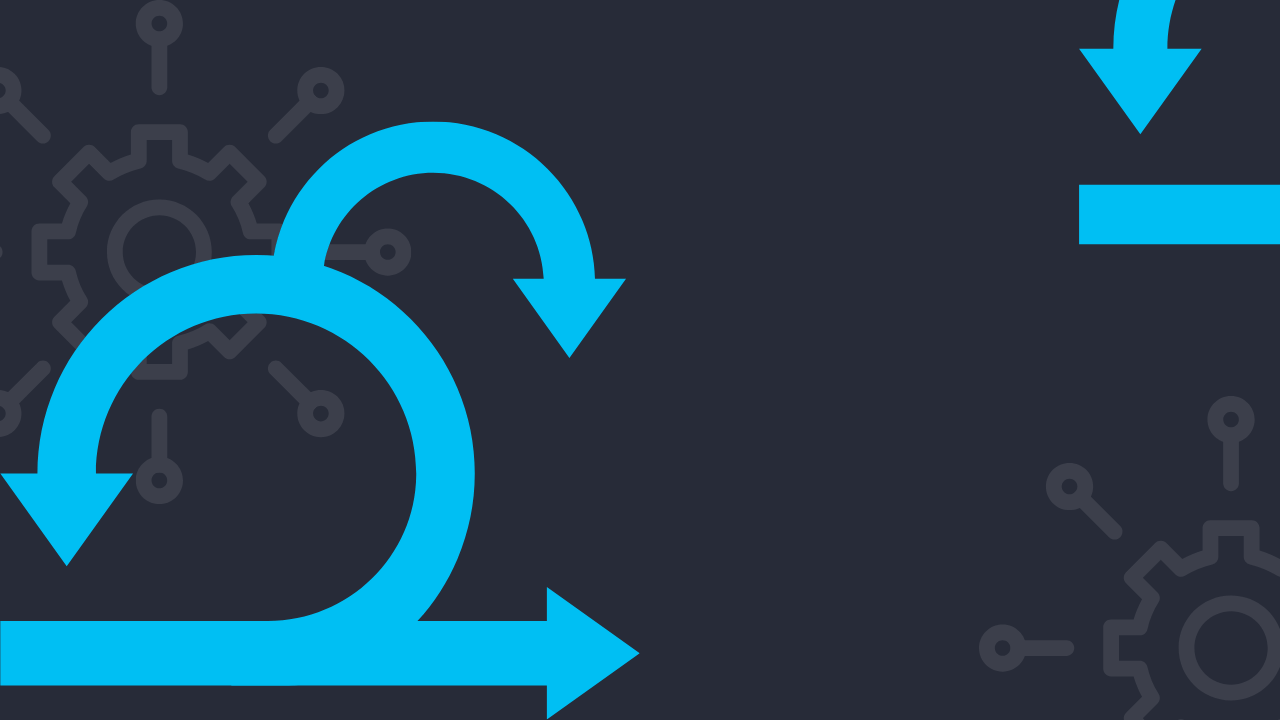
Craig Larman and Bas Vodde developed LeSS to address the challenges of applying Scrum principles to larger organisations. Unlike other scaling frameworks that introduce complex layers, LeSS retains Scrum’s simplicity while enabling large-scale collaboration. Its design is focused on minimising organisational complexity, staying true to Scrum’s core, and delivering customer value.
The framework is defined in a set of rules on org structure, product and the Sprint, as a guidance on how to apply Scrum at a large and even huge scale, for a product that requires more than 8 teams.
Related: Applying an agile mindset and ways of working to improve your Personal Agility
What are the Key Principles of LeSS?
At its core, LeSS emphasises 10 key principles, with the goal of providing the basis for making decisions on how to best apply the LeSS rules. Here are 4 examples of these principles:
- Lean Thinking: Eliminating waste and focusing on delivering value to the customer. LeSS helps teams focus on value-adding activities, cutting down on unnecessary processes or handoffs.
- Empirical Process Control: Encouraging experimentation, feedback, and adaptation. LeSS embraces learning through action, ensuring that teams can make adjustments based on real-world data and customer feedback.
- Systems Thinking: Considering the organisation as a whole to identify bottlenecks and inefficiencies. Teams focus on overall value delivery rather than optimising isolated parts, ensuring that improvements benefit the entire organisation.
- More with LeSS: Minimising the introduction of new roles or practices when scaling Scrum. LeSS prioritises simplicity, avoiding the pitfalls of adding unnecessary complexity to scale.
These principles foster transparency, inspection, and adaptation, which are crucial when scaling. They help manage complexity, reduce waste, and ensure a continuous focus on delivering customer value.
Related: The DNA of a true agile organisation
How Does LeSS work?
LeSS retains many of Scrum’s core roles and artifacts but adapts them for scale:
- Product Owner: In LeSS, there is one Product Owner responsible for prioritising the product backlog for all teams. This maintains a single product vision and ensures alignment across teams.
- Scrum Teams: Each team in LeSS operates like a standard Scrum team, with cross-functional members working together to deliver increments of the product.
- Product Backlog: All teams share a single Product Backlog, refined collaboratively to ensure prioritisation and transparency.
One of the major challenges when scaling is coordinating across teams. LeSS handles this by ensuring that all teams work on the same product, synchronising sprint planning, reviews, and shared retrospectives. This alignment enables teams to collaborate effectively and solve challenges together.
Maintaining a simple structure, and refraining from adding extra layers of hierarchy for alignment, decision power and governance urgest teams to take responsibility for their planning, work assignment and delivery as well as continuous learning and improvement.
Why Choose LeSS?
LeSS is a scaled-up version of one-team Scrum, maintaining many of Scrum’s core practices. However, its key strength lies in its minimalist approach. LeSS avoids adding unnecessary layers of bureaucracy, allowing organisations to scale while staying agile.
LeSS can be especially effective for:
- Organisations looking to scale without introducing additional bureaucracy or layers of management.
- Teams that want to stay aligned with Scrum’s core values and principles.
- Companies that prioritise customer feedback and value delivery.
Industries such as software development, telecommunications, automotive, and banking—where multiple teams collaborate on complex projects—can benefit significantly from LeSS. It helps align cross-functional teams, maintain agility, and deliver continuous value to customers.
Benefits of LeSS for Companies
LeSS allows companies to scale efficiently by applying the same basic Scrum framework across all teams. This leads to:
- Improved Collaboration: Teams work together seamlessly, reducing delays caused by dependencies and enabling faster decision-making.
- Reduced Complexity: By keeping processes simple, LeSS allows for better communication, fewer management layers, and faster adaptability.
- Faster Time-to-Market: Synchronised efforts across teams result in quicker delivery and more relevant product features.
- Continuous Learning: LeSS encourages constant adaptation, leading to better product quality and innovation.
In LeSS, all teams work towards the same Product Backlog and are treated as part of a single product team. This fosters a culture of collaboration, reducing the impact of specialisation bottlenecks and improving overall efficiency.
How does LeSS improve Business Agility and Customer Focus compared to other Frameworks?
LeSS enhances business agility by eliminating unnecessary layers of management and focusing directly on customer outcomes. With fewer handoffs and more direct communication between teams and stakeholders, organisations can react faster to market changes.
Additionally, LeSS encourages frequent releases and small batch sizes, ensuring that customer feedback is constantly integrated into the product development process. This enables organisations to adapt more rapidly and deliver value in line with market demands.
How Large Scale Scrum (LeSS) has Helped Organisations
In many organisations that implemented LeSS, such as telecom or banking industries, the alignment between product development and business goals improved due to the transparency and frequent inspection/adaptation.
For example, in one telecom case, LeSS allowed cross-functional teams to reduce time-to-market by half because they could synchronise their efforts around a single Product Backlog. Frequent customer feedback led to more relevant product features and a significant boost in customer satisfaction.
Large Scale Scrum (LeSS) vs. Other Scaled Agile Frameworks
Both the LeSS and SAFe (Scaled Agile Framework) frameworks are designed to scale Scrum, but they take different approaches. LeSS retains Scrum’s simplicity, focusing on minimising organisational complexity. In contrast, SAFe introduces more layers of management, additional roles, and planning cycles, making it more prescriptive but potentially better suited for organisations with hierarchical structures.
Nexus, like LeSS, is a lightweight framework for scaling Scrum, but it typically applies to fewer teams (up to 9), whereas LeSS can scale to much larger environments. Nexus introduces a coordination layer, while LeSS focuses on removing redundant roles and simplifying processes.
LeSS is best suited for organisations that prefer minimal bureaucracy and want to maintain the core tenets of Scrum while scaling. It’s ideal for companies looking for simplicity, fast decision-making, and customer-centric product development.
If an organisation already has a strong Scrum foundation, LeSS allows them to scale without adding unnecessary complexity. On the other hand, SAFe might be a better fit for organisations that need more structure or have to coordinate across multiple departments with heavy regulatory requirements.
All in all
If your organisation is ready to scale Scrum without losing agility, LeSS might be the solution you’re looking for. Start by assessing your current Scrum practices and exploring how LeSS can help you streamline and scale your processes. By focusing on simplicity and customer value, LeSS ensures that as your organisation grows, you remain adaptable, responsive, and aligned with your market’s needs.

.png)

